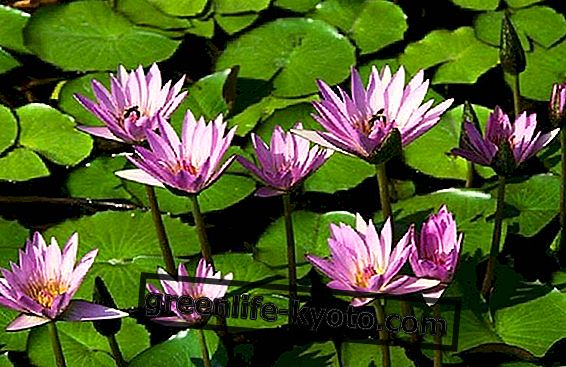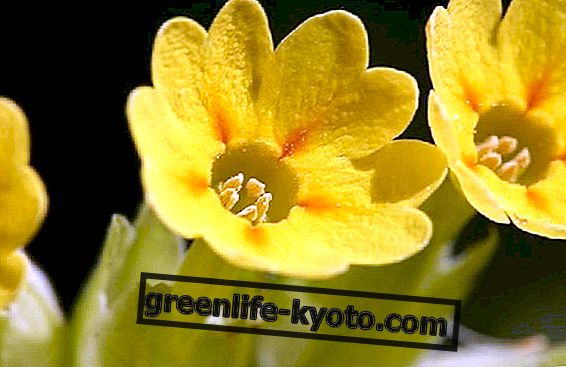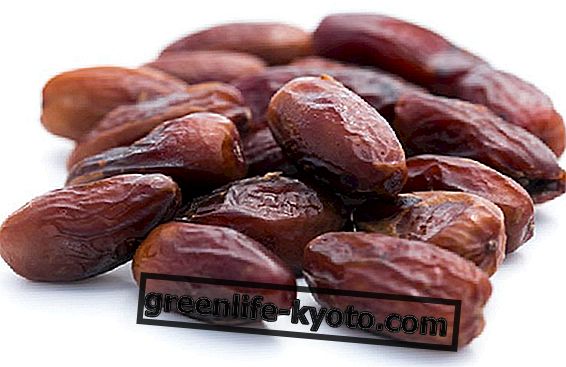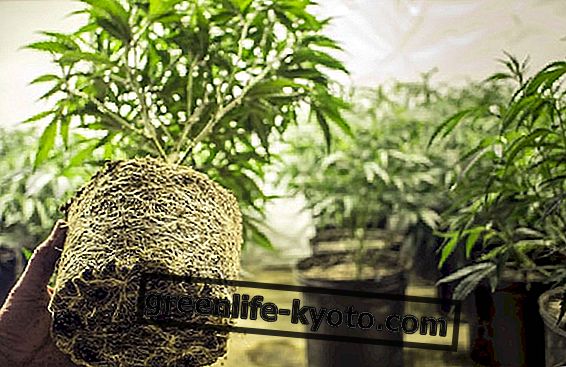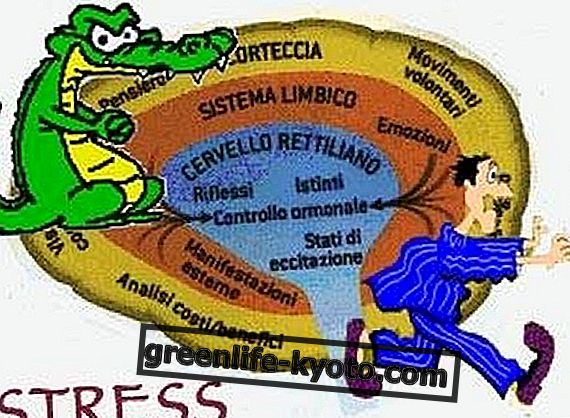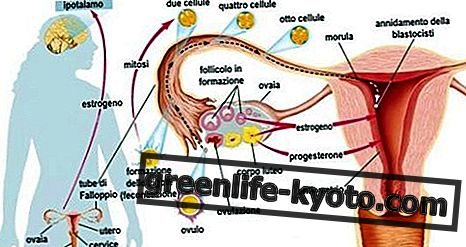Curated by Maria Rita Insolera, Naturopath
The lovage is an officinal plant with a diuretic, anti-edemic, antirheumatic action, useful as a remedy for diseases of the urogenital system. Let's find out better.
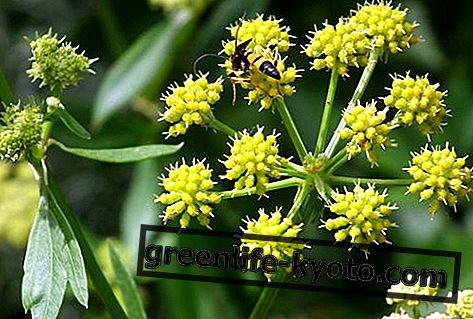
Levistic Property
The lovage has multiple properties . It is diuretic, antirheumatic, antiseptic, tonic and digestive.
These properties are due to the presence of contents such as vitamins, essential oils, sugars and tannins that enhance its curative function.
The lovage has a high diuretic and antispasmodic action which makes it an effective remedy for the treatment of disorders of the urinary tract such as gravel, renal inflammation and water retention.
Its diuretic action is essentially due to the presence of an essential oil contained in the root of the plant.
This oil stimulates the elimination of urine preventing the loss of mineral salts. The lovage lends itself as an excellent remedy in the treatment of water retention and oedemas caused by kidney disorders.
The active ingredients contained in the lovage help to alleviate digestive disorders, but also to treat diseases affecting the respiratory system such as tonsillitis and bronchitis.
Method of use
The parts of the Levistico plant used in herbal medicine are the roots, but sometimes the leaves and fruits (seeds) are also used. Plant extracts can be taken in the form of infusions and mother tinctures.
The use of the Levistico in tisanes finds space for its diuretic, carminative, diaphoretic, antispasmodic, emmenagogic, tonic and aperitif properties. The lovage is used to make infusions or as a mother tincture.
- To make the infusion let the leaves rest in a cup of hot water. This can then be used to relieve digestive disorders or headaches.
- The infusion of the seeds helps in the treatment of disorders related to the menstrual cycle, especially when it is scarce or absent.
- The mother tincture, on the other hand, is useful for treating menstrual pain.
- Fresh lovage leaves can be added to soups to enhance their flavor or to flavor liqueurs.
Contraindications of the Levistic
Avoid taking lovage in case of proven hypersensitivity to one or more components. The use of Levistico is contraindicated in pregnancy, lactation and in cases of reduced renal and / or cardiac function.
Description of the plant
The lovage or mountain celery ( Levisticum officinale ) is a perennial plant belonging to the Apiacee family . The erect stem can grow to a height of 2 meters. The leaves, like appearance and taste, recall those of celery. The flowers are tiny, of yellow-greenish color gathered in umbrellas.
Habitat of the lovage
The Levistico is a very rustic plant; it is found both in uncultivated soils and in vegetable gardens, and sometimes flies away. It grows up to an altitude of 1800 meters.
Background
The Levistic name derives from the Latin ligusticum which means Ligurian, referring to the Liguria region where it grows in abundance.
The leaves of the lovage help to relieve tired feet, which is why they were worn in the shoes of travelers in the Middle Ages.
Images | Wikimedia
